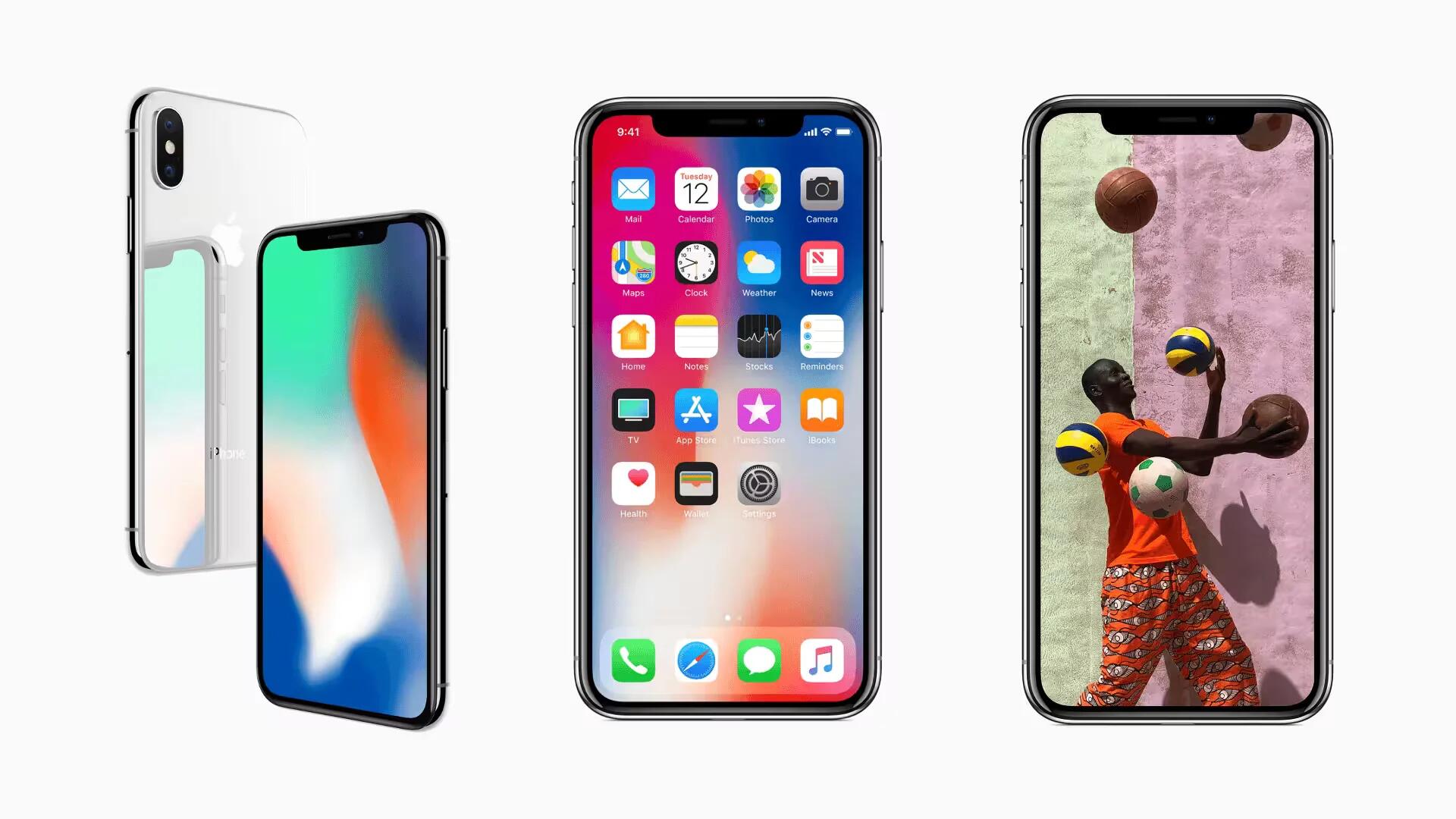According to a “reliable supplier source” cited by Japanese blog Mac Otakara, Apple’s 6.5-inch OLED iPhone that is expected this year will be about roughly “the same size” as the iPhone 8 Plus.
That means it will be 158.4 mm long and 78.1 mm wide. One difference, however, will be the thickness, which is 0.2 mm thicker than the iPhone 8 Plus at 7.7 mm to account for the larger, vertically-arranged dual cameras.
Apple is expected to launch three iPhone’s this fall. The largest of three new iPhones is the 6.5-inch “iPhone X Plus” that is expected to feature an iPhone X design with an edge-to-edge display and Face ID technology. Nixing the “chin” and “forehead” areas that on models like iPhone 8 are dedicated to the Touch ID home button and ear speaker, respectively, Apple makes room for a vastly enlarged touch panel.
As for the direct iPhone X successor, nothing is going to change about that dramatically. According to Mac Otakara, the next-generation 5.8-inch OLED device that will follow the iPhone X will use the same body as the current iPhone X, but it will feature a larger rear camera lens attributable to a bigger camera sensor.
Rumors suggest that the third device Apple will introduce is a lower-cost iPhone with an LCD display. The device will also come in an edge-to-edge form. However, Mac Otakara believes it could be even smaller than earlier leaked. Instead of having a 6.1-inch screen, sources are claiming it will only have a 6-inch panel. It will also have a Face ID TrueDepth camera but only one camera at the back. Former KGI Securities analyst Ming-Chi Kuo has also said to expect a single rear camera.
In addition to predicting features for Apple’s 2018 iPhones, Mac Otakara’s report suggests that iOS 12, the software that will run on both the new devices and existing devices, will feature improvements to Face ID.
Sources say the next-generation iOS 12 includes an update to Apple’s recognition algorithms that will allow users to unlock and authenticate while the handset is in a horizontal position. The addition would be a welcome enhancement for users who frequently operate their device in landscape mode.
Bloomberg’s Mark Gurman says the horizontal Face ID support is designed for the upcoming iPad Pro models that are expected to incorporate Face ID and the TrueDepth Camera system.
The horizontal Face ID support is for the iPads https://t.co/qteEIgoCWU
— Mark Gurman (@markgurman) May 8, 2018
It is also likely that the horizontal support being added for the iPads will also work on iPhones. Please remember that all these information are rumors and so take with a grain of salt. If anything, the current rumors only reaffirm that a low-end iPhone model will rely on LCD technology.
Source: Mac Otakara
